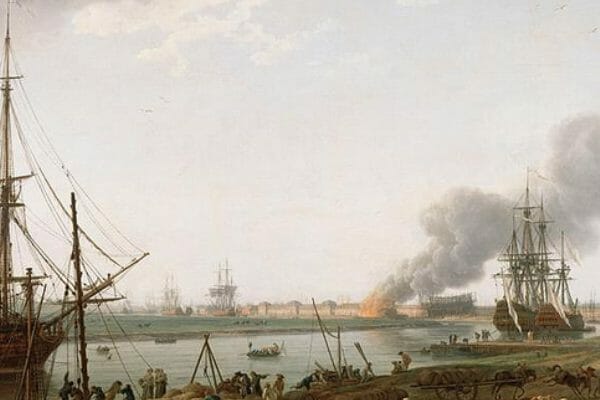The hip-hop musical Hamilton made Lin-Manuel Miranda a household name. It garnered the dramatist multiple Tony awards, a Pulitzer prize, and an appearance on Sixty Minutes, where he was hailed as a contemporary Shakespeare. Hamilton won eleven Tony awards and broke a Broadway record, grossing over four million dollars in one week.
Miranda and other stars of the musical were not the only ones to benefit. Ron Chernow’s 2004 biography of Alexander Hamilton so inspired Miranda during a vacation to Mexico that he said the songs seem to leap off the page. Chernow became Miranda’s consultant. Audiences, enamored of the musical, purchased the book to learn more about the founding father, the first treasury secretary, a genius who organized America’s monetary system. The biography rose to number eight on the USA Today best-seller list, twelve years after it came out.
A fictional account like Miranda’s Hamilton gets audiences wondering whether the story is faithful to real events and characters. And it raises many questions, for instance: Did Hamilton intentionally try not to kill Burr as the musical insists? And did he strongly oppose slavery?
In the same way, a good historical novel, like the musical Hamilton, can spur readers to dig deeper and learn more about another time and place. Or it can get them to research a book scene that surprised them or contradicted what they had learned before.
A novel set in the past reminds students that history is more than a list of names, dates, and events. It reveals how those events affected real people. For instance, Civil War stories, like The Red Badge of Courage or Rifles for Watie (a girlhood favorite of mine), bring home the horrors of war that confronted Americans. John Ehle’s The Journey of August King makes readers face the brutality of slavery that many African Americans endured.
Comparing a novel with a history lesson can get students thinking and asking questions. It can excite them about studying history. A book like Ehle’s Landbreakers answers questions about the rugged lives of settlers. What was it like to try putting down roots in the Appalachians of the late eighteen century, when the nearest neighbors were grizzly bears and panthers? How did settlers fill their basic needs for food, water, and shelter? What qualities enabled them to survive? Building connections between literature and history can bring an era to life and also boost students’ understanding and memory.
Another option for teachers and parents: pairing two books, one fiction, the other nonfiction, about the same time period. For example, The Book Thief and The Diary of Anne Frank both take place during World War II and both focus on Nazi oppression, albeit with radically different takes. A comparison of the two can encourage reflections on the Holocaust, war, and their devastating effects.
Historical fiction can drive home to students that history is exciting, interesting, and fun—and make them want to read on.

